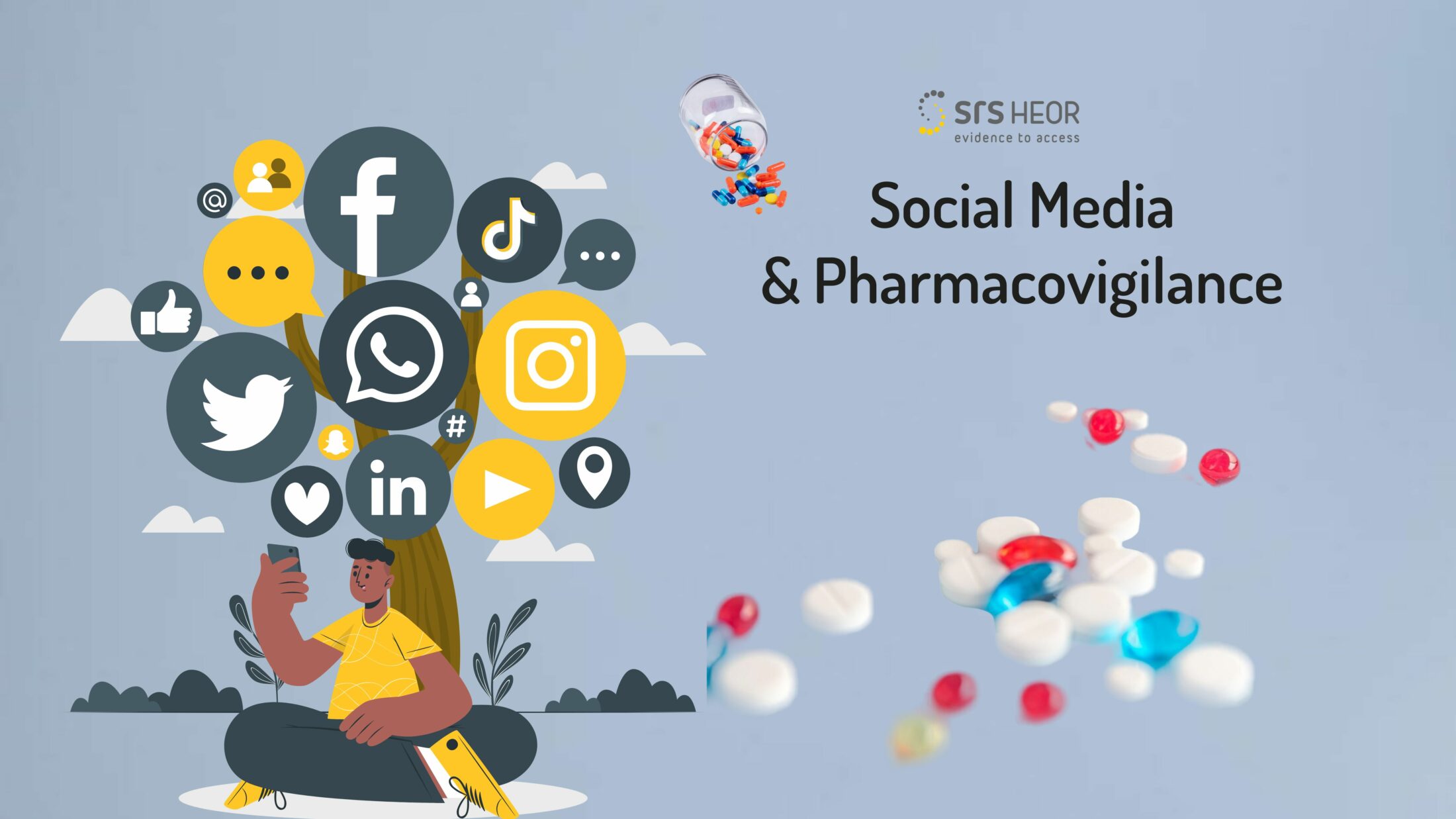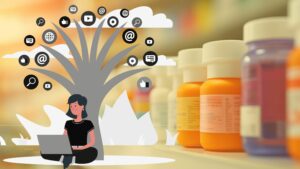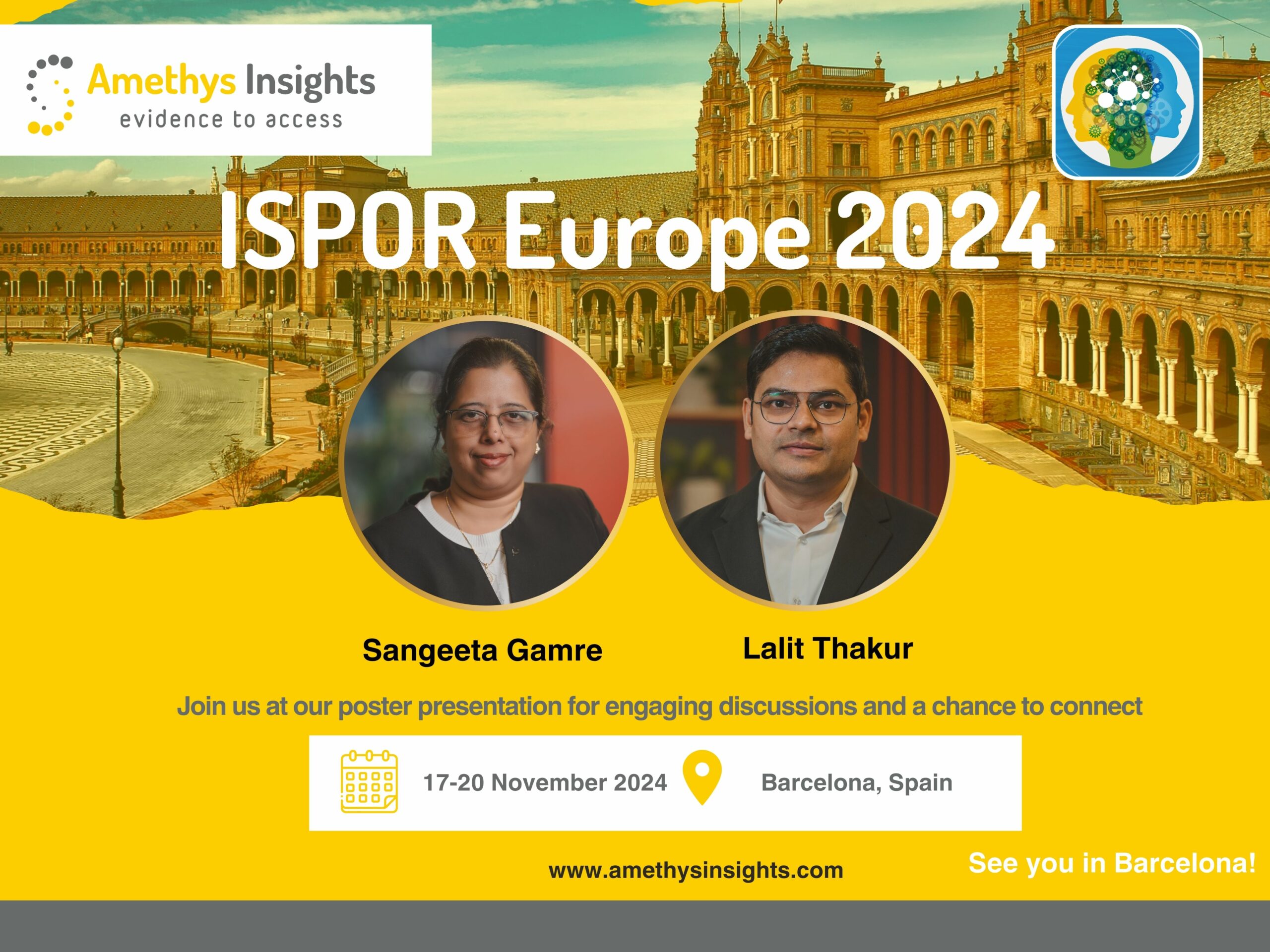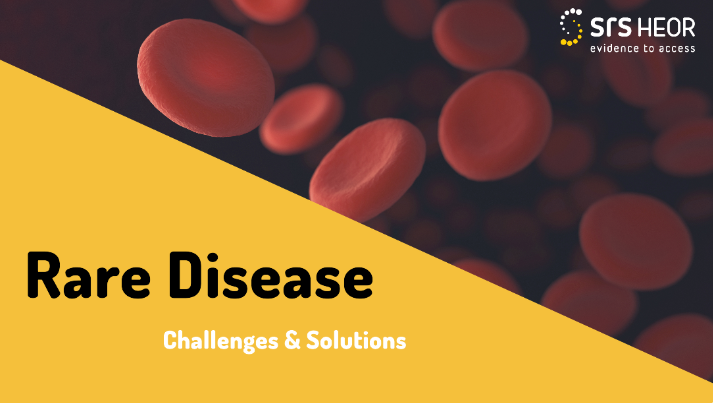
The Aims of Pharmacovigilance
In the last few decades, the use of medicines has been tremendously increased. This led to higher exposure of medicinal products to a variety of patient demographics. As population exposure increases, there is a rise in several adverse events over the long-term use of medicinal products. Therefore, regulatory agencies, like the FDA (Food and Medicinal Product Administration), EMA (European Medicines Agency), and Regulatory Authorities of many other emerging countries require pharmaceutical companies to conduct pharmacovigilance activities as part of the medicinal product approval process. Compliance with these regulations is essential for obtaining and maintaining market authorization for medications and ensuring patient safety.

As per WHO, Pharmacovigilance is the science and activities relating to the detection, assessment, understanding, and prevention of adverse effects or any other possible medicinal product-related problems. Nowadays, Pharmacovigilance has widened its scope to include:
- Herbal medicines
- Blood products.
- Biologicals
- Medical devices
- Vaccines
- Veterinary medicines
- Cosmetics
- Traditional and complementary medicines
The precise aims are to:
- Improve patient care and safety through the use of medicines and all medical and paramedical interventions,
- Provide assessment of the benefits, harm, effectiveness, and risks of medicines, encouraging their safe, rational, and effective use, and
- Foster understanding, education, and clinical training in pharmacovigilance and efficient communication to the public.
This helps in the timely execution of regulatory measures, such as label updates, and medicinal product recalls to protect public health.
Source of adverse events:
The pharmacovigilance personnel can get the adverse events reports from different sources. Some of the key sources include:
- Spontaneous reports from healthcare providers,
- Consumers, patients,
- Literature,
- Non-healthcare providers
- DHCP communications
- Internet, Digital/Social media
- Compassionate use of medicine.
- Non-interventional post-authorization studies
- Clinical trials
Here, we are particularly discussing the impact of the internet and digital/social media on Pharmacovigilance. Because of the widespread use of the internet and digitalization, social media has emerged as one of the effective means of adverse event reporting.
In this era, everyone is using social media in their day-to-day life, to name a few LinkedIn, Facebook, Twitter, WhatsApp, Instagram, Snapchat, Telegram, and YouTube. Social media are collaborating technologies that accelerate the fabrication, sharing, and collection of content, ideas, interests, and other forms of expression through virtual communities and networks. Therefore, social media plays a fundamental role in reporting adverse events, and this has influenced the pharmaceutical industry as a means of medicinal product safety.
With a hastily growing population, there is an increase in patient exposure to medications, as a result number of Adverse Event reports is also on the rise. According to a report, the FDA receives approximately 500,000 reports each year. As per the annual report of WHO-UMC, Vigibase has received more than 30 million anonymized case reports from 1968 till Jun 2022. So, mass data is being reported daily including different signs, and symptoms.
In this technological age, delivering the needs of a large population is vital for ensuring efficiency. Therefore, UMC’s communications department continuously creates and delivers original content across multiple media platforms, producing ad-hoc campaigns and materials to promote emerging UMC initiatives and assist others with their communication and training needs. The Medicinal Product Safety Matters podcast, webinars, and UMC’s social media channels have enhanced the quality of output. UMC’s social media channel following has increased 34% across LinkedIn, Facebook, Twitter, and YouTube from the previous year.
Why social media?
Embracing social media in pharmacovigilance offers several benefits and opportunities:
- Real-time Data Set: Social media platforms generate massive amounts of real-time data, including patient experiences and opinions about medications.
- Patient-centric approach: social media provides a platform for patients to share their incidents with medications precisely. By engaging with patients on social media, we can gather valuable insights into medication usage, side effects, and treatment outcomes, facilitating a more patient-centric approach to medicinal product safety monitoring.
- A passive surveillance approach: Conventional reporting systems rely on healthcare professionals and patients to voluntarily report ADRs. However, social media offers a passive surveillance approach, capturing perceptions from a broader and more diverse population.
- Risk communication system for the public: Social media monitoring can serve as an early warning system for public health events, such as medication recalls or outbreaks of adverse reactions.
- Upgrading Risk Communication: Social media platforms offer an opportunity to engage directly with patients and healthcare professionals to provide accurate and timely information about medicinal product safety, address concerns, and disseminate important safety messages, and risk communication.
- Accessibility of Mobile and Internet: This is a remarkable drift where many individuals are invariably equipped with mobile devices. This enables them to access social media and report adverse events, product complaints, or medication information.
- Global reach: The Internet and social media have brought the world closer, and this enabled consumers to virtually access pharma companies from anywhere, contributing to patient safety.
Regulatory Compliance:
Regardless of its widespread acceptance, there are certain limitations in utilizing social media in the pharmaceutical and biopharmaceutical industries. Organizations controlling this field must adhere to legislative contexts to ensure responsible and legal use of social media.
Some important regulations are:
- UK regulations stand by the “Association of the British Pharmaceutical Industry”, Code of Practice, and informal digital communication guidelines from the Prescription Medicines Code of Practice Authority (PMCPA).
- GVP Module VI- stated Marketing Authorization Holders (MAHs) should routinely monitor the internet and/or digital media for potential suspected adverse event reports.
- Current EMA and FDA guidelines highlight screening company-owned/monitored websites, forums, and social media channels for comprehensive safety reporting.
However, specific guidance is needed for validating safety data obtained via social media, ensuring compliance with data privacy rules.
Challenges:
While the use of social media in pharmacovigilance is experiencing rapid development, it comes with both benefits and potential challenges that should considered-
Advantages:
- Virtual Complaints: Reporting complaints from mobiles, and computers regardless of location.
- Unified Complaint Submission: Modernised process for submitting complaints.
- On-time Reporting: Enables swift reporting without being in queues.
- Direct Communication: Reports are directly submitted to relevant departments of companies.
- User-friendly platforms: It provides a handy and user-friendly platform for reporters.
- Sharing images: Users can share images of products when filing a complaint.
Disadvantages:
- Data privacy: Potential concerns in maintaining privacy.
- Location Trailing: User location can be tracked by these platforms.
- Credential Storage: The possibility of storing user credentials in the platform’s database.
- Deceptive Data: Risk of broadcasting rumors/false safety concerns.
- Usability Challenges: Users who are not technically sound, may get hurdles in using it.
- Data Duplication: Identification of duplicate data originating from digital media.
- Polyglot user: Users may use different languages, and data collected in different languages maps to standard ADR.
Future Impact:
With the emergence of Artificial Intelligence (AI), its implementation across all social media platforms is underway. Implementing AI in Pharmacovigilance has both advantages and disadvantages, guaranteeing robust security is vital. Due to its automation capabilities, AI plays an essential role in pharmacovigilance allowing efficient data corrections and report validation. Implementing AI and social media would have increased insights for product benefit-risk evaluation and improved relationships between pharma companies and consumers.
Conclusion:
Overall, adopting social media in pharmacovigilance offers opportunities to enhance medicinal product safety monitoring, improve patient engagement, and facilitate more proactive and data-driven approaches to pharmacovigilance activities. However, it is essential to consider privacy, data quality, and ethical considerations when leveraging social media data for pharmacovigilance purposes. The pharma companies and CROs should elevate social media’s role within the PV department to a tactical level, promoting better results within the regulatory framework.
What do you think? Would social media be beneficial for the future of patient safety? We would like to see your recommendations below to enhance patient safety and the benefit-risk profile of medicinal products.
Disclaimer: This blog is based on the experience and knowledge of the author, supported by references and a literature search. Kindly note that we are not responsible for the content on the referenced websites. If you come across any distortion or error, kindly inform us promptly.
References:
- The Importance of Pharmacovigilance. (Safety monitoring of medicinal products), WHO Booklet, NLM classification: QV 38
- Guideline on good pharmacovigilance practices (GVP) Module VI – Collection, management, and submission of reports of suspected adverse reactions to medicinal products (Rev 2), 2017.
- Kircik L, Sung JC, Stein-Gold L, Goldenberg G. United States Food and Medicinal Product Administration Product Label Changes. J Clin Aesthet Dermatol. 2017 Feb;10(2):20-29. Epub 2017 Feb 1. PMID: 28367259; PMCID: PMC5367870.
- https://who-umc.org/media/cgnlrs5v/umc-annual-report-2021-22.pdf
- WHO Pharmacovigilance guidelines and regulations
- EU directives and regulations on Pharmacovigilance
- Guidance on Good Pharmacovigilance Practices (GVP)
- PubMed literature search
Author:
Inayat Kabir,
M.Pharm (Pharmacology)
Pharmacovigilance department,
SRS Pharmaceuticals Pvt. Ltd (SRS HEOR)



